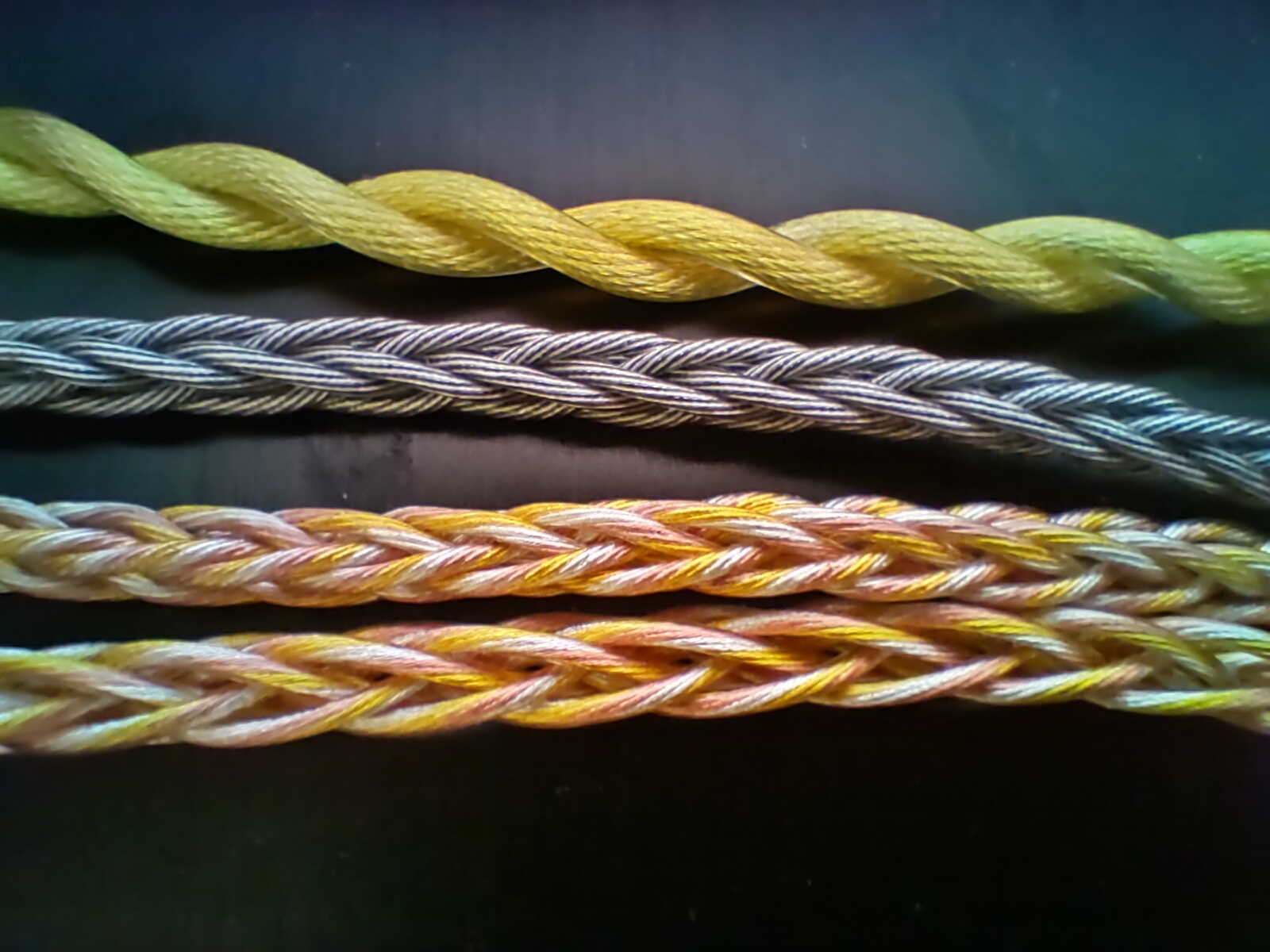Reading specs is beyond me too. The thing is, How would one read the cable specs and then compare it to a specific iem (if it would be a perfect pairing)?
Or would only the cable statistics matter?
It may matter but not like that it is all about DC resistance and capacitance. IMHO it is very inconclusive to measure any earphone cables.
Here is a good reference:
https://www.psaudio.com/copper/article/the-sound-of-speaker-cables-an-analysis/
I have measured the AC resistance (don't mix up with DC resistance, you need to measure the inductance to get the AC resistance) of several cables and they were all around 5 ohms so the sound difference is not likely caused by the resistances anyway.
What might be best is if people start listing what cable goes perfect with which iem (in their opinion) and then those stats are placed in the start of the thread.
There will be too many combinations but it may be a good start for some popular IEMs and most likely the budget ones.
I tried the Hibiscus copper cable on the BQEYZ KC2 and it was soo bright that it's really unlistenable.
The cable can be too bright with some IEMs. Just IMO, it is easier to match IEMs with mixed material cables.
Do you find the XINHS cables better all rounders? (I.e. Can be used on many earphones.)
It may depend on which XINHS cables and I would say all my 30 XINHS cables are better than the Hibicus copper (I have two, sadly).
Let me copy and paste my list:
I recommend the following:
The rainbow cable should be the most versatile cable I have bought from them, but it really comes in ugly colours, ugly blue, ugly pink, ugly green and rainbow version is already the best looking.
https://www.aliexpress.com/item/100....store_pc_allProduct.8148356.1.3f3f744dFFet8Z
I have been recommending this cable:
https://www.aliexpress.com/item/100....store_pc_allProduct.8148356.5.3bb41de00jGp80
Best resolution and separation and only cable that can increase stage height, it can be very slightly slow sometimes and slightly low in mids but generally very versatile and high quality, mids can be a little recessed.
This one I think is better than the white crane, but the listed price is expensive, you can get it at at least half the price:
https://www.aliexpress.com/item/100....store_pc_groupList.8148356.21.198d4cbbXgowqT
much more balanced and higher resolution than the white crane
This one has some character:
https://www.aliexpress.com/item/100....store_pc_allProduct.8148356.1.673c23abtVrmhC
It has a kind of holography sound and generally very balanced.
This gold plated cable:
https://www.aliexpress.com/item/100...store_pc_allProduct.8148356.11.3bb41de00jGp80
Very punchy bass and good treble extension, stage a little smaller but also very versatile.


























